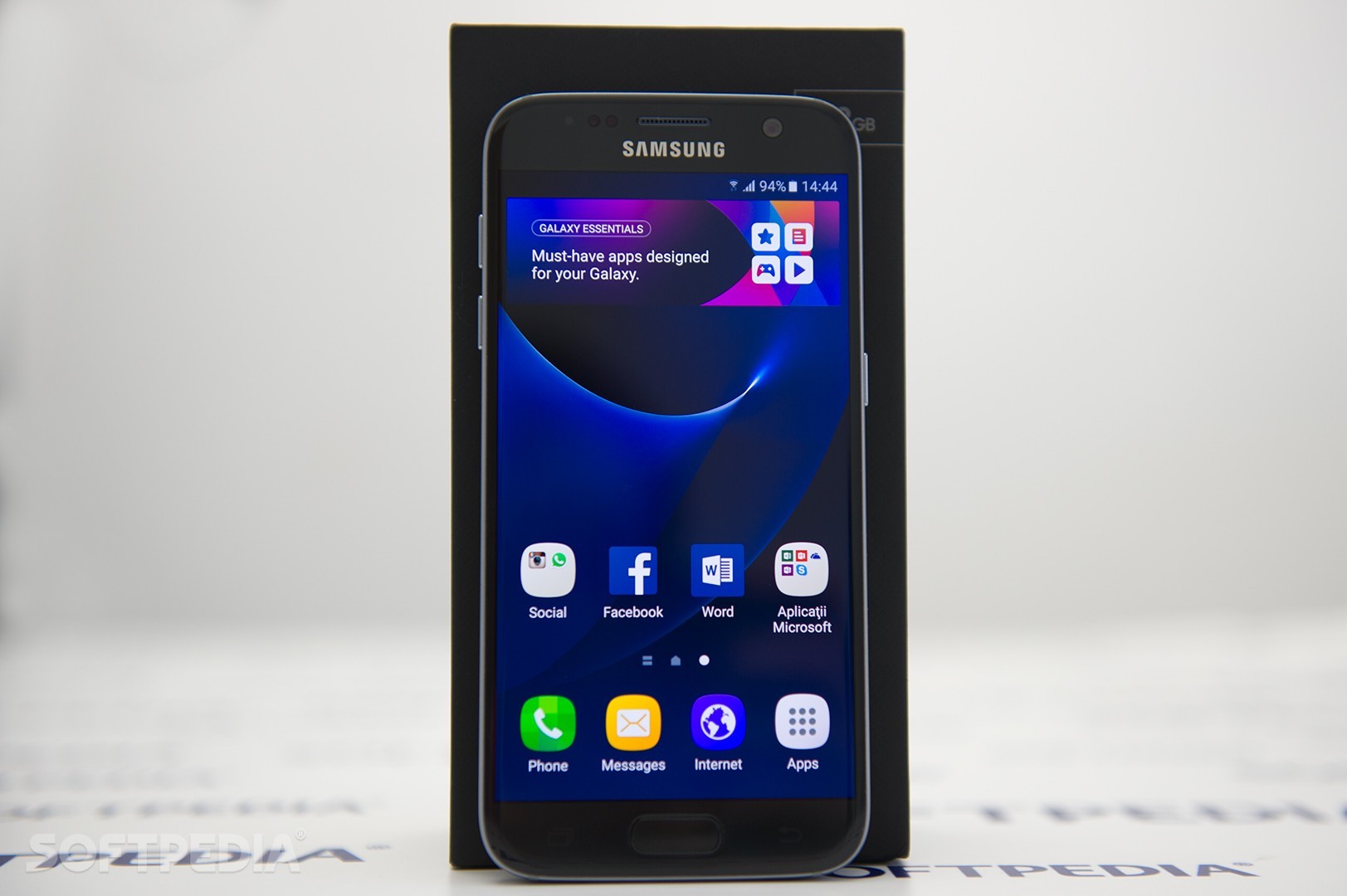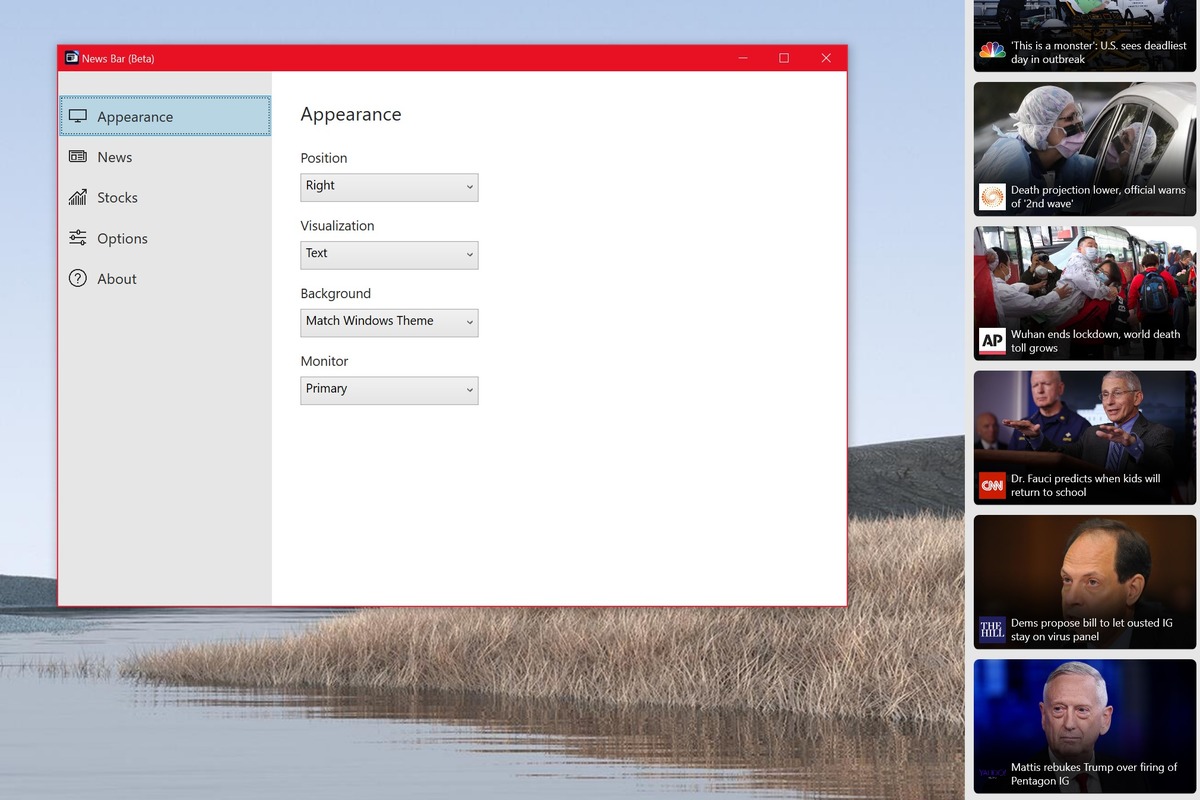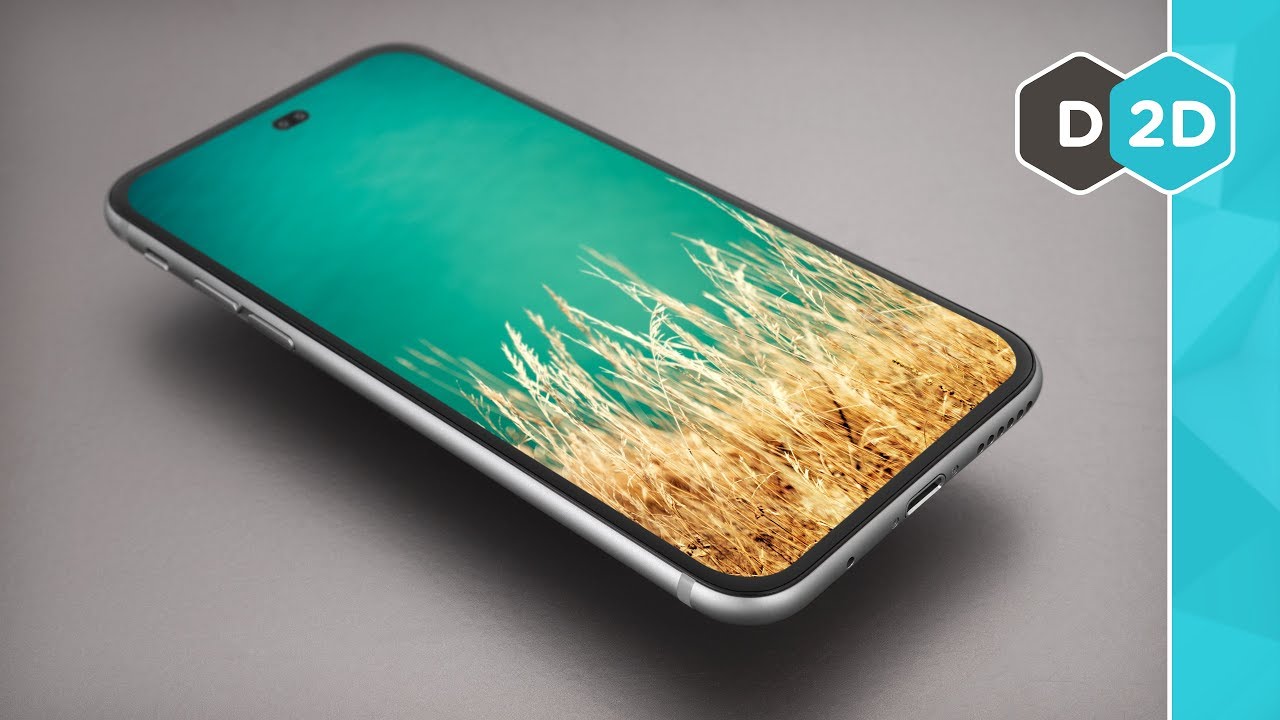Philadelphia, the city of brotherly love has it. Many in San Francisco want it…
Wireless broadband Internet access (WiFi) seems too good to be true. At
relatively low cost, anyone can get on the Internet anywhere in a city. All the city
needs to do is install WiFi antennas.
An argument in favor of citywide WiFi is that it will reduce the digital divide:
the poorer you are, the more limited your access to the Internet and its information
resources. Cities like Philadelphia and San Francisco are actively trying to close the
digital divide. One option is WiFi.
Yet in weighing the options, virtually nothing is heard about the potential health
risks. Saturating an entire city with WiFi adds to the existing burden of nonionizing
radiation. That burden, called electrosmog by some, consists of long-term
exposure to low-level concentrations of nonionizing radiation from familiar sources
like radio and TV signals, electronic and electrical devices, and the ubiquitous cell
phone.
Wireless Internet Access
Local area networks (LANs) link computers, printers, modems, and other
devices. Traditional LANs make the links physically using wire cable. Messages
between computers and the other devices on the network are managed by a device
called a router.
A wireless LAN does away with the wire cable by using a router that transmits and
receives radio signals. To use a wired LAN, you have to plug the computer or other
device into a wall socket. A wire leads from the socket to the router, which manages
signal traffic between the devices on the network.
With a wireless LAN, each device on the network is built so that it can send a signal
to the router and receive signals back. Wireless routers typically have a range of a
hundred to several hundred feet. The range can be increased by adding a booster
that increases the signal strength.
As with all radio signals, the closer you are to the transmitter (the router) the
stronger the signal. Cell phones work on the same principle. The difference is that
cell phones work at a different frequency and put out a stronger signal than wireless
LANs.
Radio Frequencies
Cell phones operate at frequencies in the 3 to 30 GHz range, similar to microwave
ovens. Wireless LANs operate at one tenth of that range–0.3 to 3 GHz, the range of
UHF television broadcasts. GHz stands for gigaHertz, a standard measure
of radio frequency radiation (RFR)–electromagnetic radiation created by
sending an alternating electrical current through an antenna. The higher the GHz,
the faster the current alternates.
Frequency by itself does not measure the potential effect of RFR. As you would
guess, the strength of the signal also matters. The strength of a signal is measured
in watts, a standard measure of electrical energy. For example, a 100 watt
light bulb is brighter because it puts out more energy than a 60 watt bulb.
Think of the effect of waves at the beach: small waves far apart (low strength, low
frequency) versus large wave close together (high strength, high frequency). The
former is likely to have less of an effect than the latter.
The exposure to RFR is measured using SAR–specific absorption rate. SAR is
expressed either in milliwatts/kilogram (mW/kg) of body weight or milliwatts/cubic
centimeter (mW/cm2) of exposed body area: the size of the wave and how much of
your body it strikes.
Health Risks
WiFi enthusiasts dismiss health risk concerns because the power output and SAR
exposure is significantly below the minimum standard set for cell phones. But cell
phone standards are set for the short term exposure of a cell phone in use pressed
to your head. In addition, the standards are set based on the thermal (heating) effect
of the radiation.
Nonthermal effects of cell phones are documented at exposures below the current
US standards, including
– memory loss,
– sleep disruption,
– slowed motor skills and reaction time,
– decreased immune function,
– spatial disorientation and dizziness,
– headaches,
– lowered sperm count,
– increased blood pressure and pulse,
– DNA breakage and reduced DNA repair capacity, and
– cell proliferation.
A second problem is that cell phone exposure is intermittent, whereas WiFi
exposure is constant. A more accurate comparison is to the effect of cell phone
broadcast antennas. These antennas send and receive radio frequency signals
constantly.
The signal strength from an antenna is comparable to a cell phone only at very close
range. The exposure is not a cell phone’s brief blast but a persistent bath of low-
strength RFR. In addition to the health effects documented for cell phone use,
exposure to cell phone antennas include
– increased blood pressure and pulse,
– sleep disruption,
– emotional effects such as increased depression and irritability,
– memory loss and mental fog,
– fatique and vertigo, and
– increased cancer risk.
Because of these effects, the International Association of Fire Fighters (AFL-CIO)
decided in 2004 that they will not permit cell phone antennas on fire houses.
RFR Hypersensitivity
Much of the discussion of RFR health effects is framed as a concern with people
who are hypersensitive. Hypersensitivity is the technical term for allergies
and similar immune system overreactions. But instead of pollen, RFR
hypersensitivity is a reaction to nonionizing
radiation. It seems that an unlucky few are affected while the rest of us are off the
hook.
Research by Olle Johansson and Örjan Halberg of the Karolinska Institute, Stockholm
suggests otherwise. They looked at the incidence of cancer in Europe and the US
and found a striking association between the increase in certain cancers during the
20th Century and exposure RFR as measured by radio and TV broadcasts.
What the hypersensitive really represent is one extreme in a complex landscape of
effects and risks. Just like any other environmental stressor, RFR will affect some
people more than others. And as with other environmental stressors, the greater the
overall burden, the greater the risk of becoming one of the the “unlucky few.”
Wireless LANs add to the existing burden of RFR. Just as burning more fossil fuels
adds more smog, adding more RFR adds more electrosmog. You don’t have to
expose your home or your city to the increased burden created by WiFi. There’s a
viable alternative: a wired LAN. The hype might make it seem less convenient and
more expensive. But what’s a good night’s sleep worth? Or reducing your risk of
cancer?
Resources
International Association of Fire Fighters. 2004. Position on the Health Effects from
Radio Frequency/Microwave (RF/MW) Radiation in Fire Department Facilities from
Base Stations for Antennas and Towers for the Conduction of Cell Phone
Transmissions. Access at http://www.iaff.org/safe/content/celltower/
celltowerfinal.htm.
Johansson, Olle and Doug Loranger. 2005. Electrosmog. Your Own Health And
Fitness. Broadcast November 29, 2005. http://yourownhealthandfitness.org/
radiation.html.
Sage, Cindy. 2005. Comment on San Francisco TechConnect Community Wireless
Broadband Initiative. Sage Associates: September 2005.
Jeffry Fawcett
















